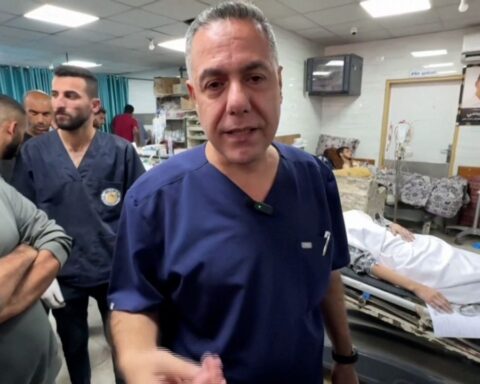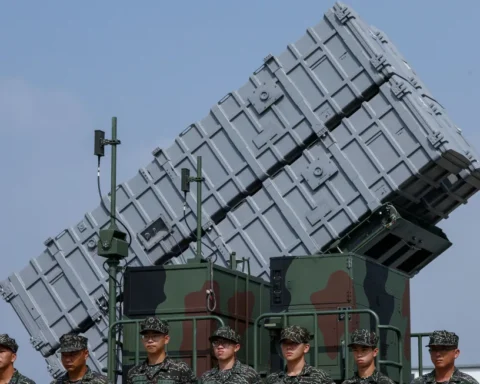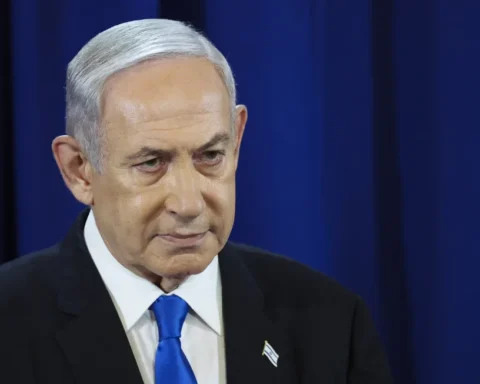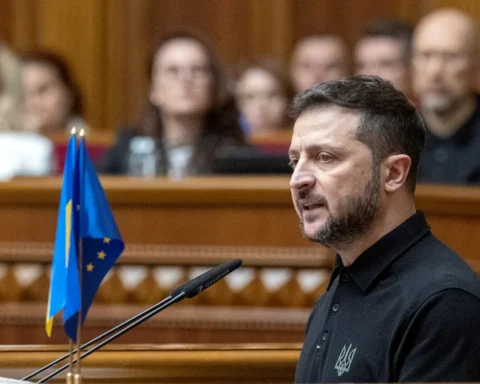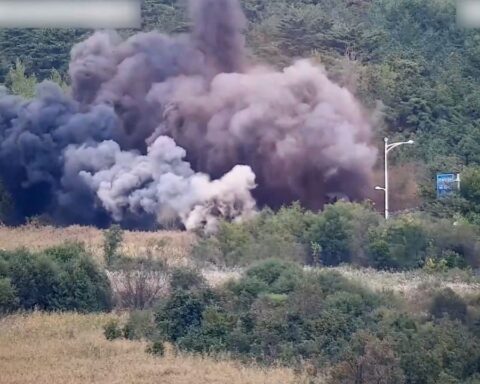The US-Mexico border has recently witnessed a significant influx of migrants, with over 11,000 individuals waiting in northern Mexico amidst a surge in border crossings. These migrants, coming from diverse nations like Mexico, Cuba, Haiti, and Venezuela, find themselves in a state of limbo, caught between their aspirations for a new life in the United States and the complexities of immigration policies.
Community leaders and various officials have provided insights into this escalating situation. Enrique Lucero, the municipal migration affairs director in Tijuana, Mexico, reports approximately 3,800 migrants residing in shelters. Pastor Hector Silva, overseeing the Senda De Vida shelters in Reynosa, Mexico, notes another 3,273 individuals are waiting. Furthermore, Glady Cañas, who runs the nonprofit Ayudandoles a Triunfar in Matamoros, Mexico, speaks of around 4,000 migrants living in camps and shelters. These figures highlight the scale of the humanitarian challenge at the border.
The recent spike in migration has placed a considerable strain on US border cities. CNN reported a dramatic increase in migrant encounters, with a seven-day average rising from about 6,800 in November to over 9,600 in December. This surge has prompted the US government to implement various measures, including deportations, reassignment of personnel, and temporary suspension of rail operations.
Despite the risks, including fatal incidents in the Rio Grande, migrants continue to attempt illegal crossings, often fueled by messages from those who have successfully entered the US. Cañas expresses concern over this trend, noting that migrants often share only the positive aspects of their journey, omitting the harsh realities and dangers they face.
The Biden administration has been actively responding to this crisis. Recent steps include increasing resources and processing migrants waiting in challenging conditions, as observed in Eagle Pass, Texas. However, challenges persist, with continuous illegal crossings and the manipulation of migrants by bad actors.
Looking ahead, a critical meeting is scheduled in Mexico City, where Mexican President Andres Manuel Lopez Obrador will discuss the ongoing border situation with key US officials, including Secretary of State Antony Blinken and Secretary of Homeland Security Alejandro Mayorkas.
The situation at the US-Mexico border remains complex and evolving, reflecting broader debates on immigration policy and human rights. As thousands of migrants wait in uncertainty, the upcoming discussions between the US and Mexico offer hope for addressing this humanitarian crisis and finding sustainable solutions for those caught in the crossfire of international politics.



